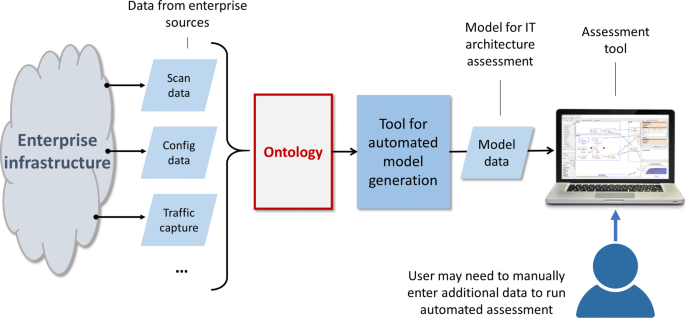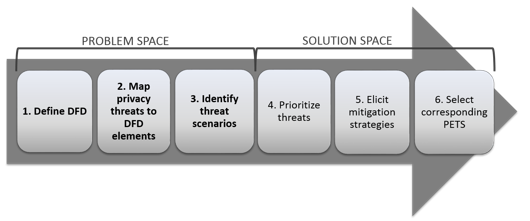

In one environment, I removed those VM's and recreated them so I didn't get an error after that but it sounds not a good practice since all VM's are the same. + CategoryInfo : CloseError: (:), ComputeCloudException + Set-AzureRmVMDiskEncryptionExtension -ResourceGroupName $rgName `
#Threat modeling tool template upgrade
Please upgrade AzureĮxtension version and clear encryption settings in the VM model. Please upgradeĪzure Disk Encryption extension version and clear encryption settings in the VM model.ĮrrorMessage: User encryption settings in the VM model are not supported. Set-AzureRmVMDiskEncryptionExtension : User encryption settings in the VM model are not supported. The command I run is Set-AzureRmVMDiskEncryptionExtension It is working well for some but I'm getting an error on some VM's. I merge information provided by tools (v.3 and v.2.1) to generate the final reportĭo you agree with my approach? Is it correct? I use the version 2.1 to generate specific threats reportĮ. I use the previous information into version 2.1 to refine the threats categories and to obtain specific threats for my applicationĭ. I use the STRIDE model to identify the threats categoriesĬ. I use the version 3 beta to model system at high level (components, interactions, functions) with DFDī. To generate a complete threats report for the application, I try this approach:Ī. Are you planning to add it in the next version?ģ. The version 2.1 contains a wide threats library but it is not appear in version 3 beta. The DFD is the new approach that you will adopt for the future?Ģ. The version 2.1 not contains DFD and it models system at low level.

The version 3 beta uses DFD to model system components and interactions at high level. I'm using the Threat Modeling tools (version 2.1 and 3 beta) and I have some questions:ġ.


 0 kommentar(er)
0 kommentar(er)
